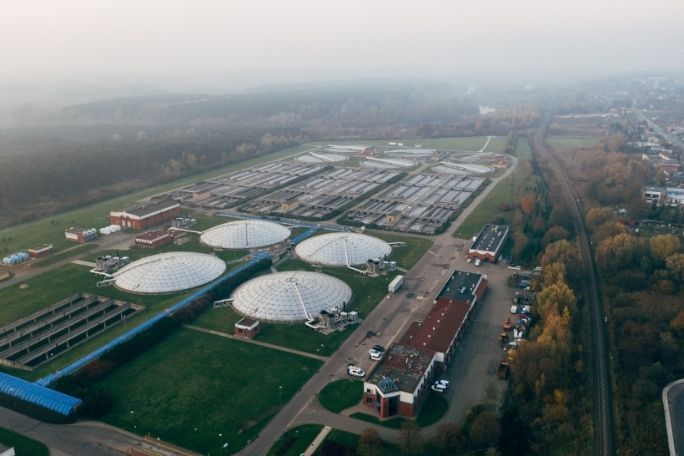Lesson summary
Students investigate in small groups with a parent leader what happens to the different types of waste in the school.
Learning intentions:
Students will...
- investigate in small groups with a parent leader what happens to the different types of waste in the school.
Lesson guides and printables
Lesson details
Curriculum mapping
Australian curriculum content descriptions:
Year 1 English:
- Engage in conversations and discussions, using active listening behaviours, showing interest, and contributing ideas, information and questions (ACELY1656)
- Create short imaginative and informative texts that show emerging use of appropriate text structure, sentence-level grammar, word choice, spelling, punctuation and appropriate multimodal elements, for example illustrations and diagrams (ACELY1661)
- Construct texts that incorporate supporting images using software including word processing programs (ACELY1664)
Year 1 Science:
- People use science in their daily lives, including when caring for their environment and living things (ACSHE022)
- Represent and communicate observations and ideas in a variety of ways such as oral and written language, drawing and role play (ACSIS029)
Year 2 English:
- Listen for specific purposes and information, including instructions, and extend students’ own and others’ ideas in discussions (ACELY1666)
- Create short imaginative, informative and persuasive texts using growing knowledge of text structures and language features for familiar and some less familiar audiences, selecting print and multimodal elements appropriate to the audience and purpose (ACELY1671)
- Construct texts featuring print, visual and audio elements using software, including word processing programs (ACELY1674)
Year 2 Science:
- People use science in their daily lives, including when caring for their environment and living things (ACSHE035)
- Represent and communicate observations and ideas in a variety of ways such as oral and written language, drawing and role play (ACSIS042)
Syllabus Outcomes: ST1-11LW, ST1-9ES, ST1-4WS, EN1-1A, EN1-2A, EN1-3A.
Time required: 60 mins
Level of teacher scaffolding: High – This activity will take some preparation time for the teacher beforehand.
Resources required
- A bucket for each group of students with the following items: plastic bottle, apple core, sheet of paper printed on both sides, small cardboard box, leaves, lettuce leaf, pair of long-handled tongs.
Additional info
This is an original Cool.org lesson. Facts and figures in these lessons may have changed since this lesson was published. We always endeavour to update our resources in a timely manner, but if you see an error or issue in our resources please get in touch with us.


Welcome back!
Don't have an account yet?
Log in with:
By signing up to Cool.org you consent and agree to Cool's privacy policy to
store, manage and process your personal information. To read more, please see
our privacy policy here(Opens in new tab).
Create your free Cool.org account.
Many of our resources are free, with an option to upgrade to Cool+ for premium content.
Already have an account?
Sign up with:
By signing up to Cool.org you consent and agree to Cool's privacy policy to
store, manage and process your personal information. To read more, please see
our privacy policy here(Opens in new tab).